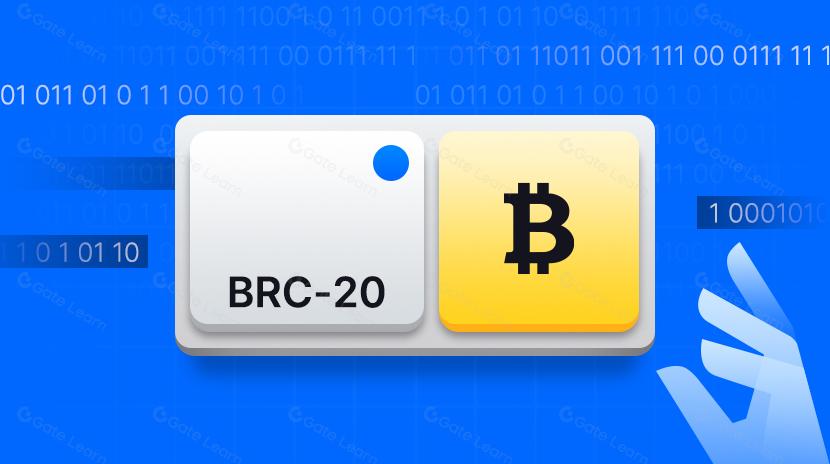hodlers

Hodlers refer to investors in the cryptocurrency market who hold onto their crypto assets for the long term, undeterred by short-term price fluctuations. The term originated from a misspelling of "hold" as "hodl" in a 2013 Bitcoin forum post, which subsequently became a cultural symbol within the crypto community. Hodlers typically maintain their holding strategy even during extreme market volatility based on their belief in the long-term value of blockchain technology and specific cryptocurrencies, which contrasts sharply with the approach of traders and short-term speculators.
Key Features of Hodlers
Hodlers exhibit several distinctive characteristics that set them apart in the cryptocurrency market:
-
Investment Mindset: Hodlers typically view cryptocurrencies as long-term investments, believing in their fundamental value growth over time, unperturbed by short-term fluctuations.
-
Conviction-Driven: They often base their holding decisions on deep understanding and trust in specific projects or blockchain technology, enabling them to remain steadfast even during bear markets.
-
Technology Alignment: Rather than purely seeking speculative gains, hodlers frequently identify with the technological innovation and future applications of the projects they support.
-
Volatility Resistance: During market panic or severe corrections, they are more likely to continue accumulating assets rather than engaging in panic selling.
-
Community Identification: Hodlers often actively participate in project communities, demonstrating stronger emotional connection and support for the project's development.
Hodlers represent not just an investment strategy but have become an integral part of cryptocurrency community culture, symbolizing faith in the future of blockchain technology.
Market Impact of Hodling Behavior
The presence of hodlers influences the cryptocurrency market in multiple ways:
-
Market Stability: Large numbers of hodlers can reduce the quantity of circulating tokens, decreasing supply pressure and providing support during market downturns.
-
Price Floor Formation: During bear markets, committed hodlers often create price support levels, preventing unlimited asset price declines.
-
Supply Contraction Effect: When most tokens are held by long-term holders, the relative reduction in circulating supply theoretically enhances their scarcity.
-
Investment Culture Shaping: The hodling phenomenon encourages more investors to focus on project fundamentals rather than short-term price movements, contributing to market maturity.
-
Network Security Enhancement: For Proof-of-Stake (PoS) blockchains, hodlers participating in network validation through staking improve network security and decentralization.
On-chain data analysis shows that the proportion of long-term holders for Bitcoin and other mainstream cryptocurrencies typically fluctuates throughout market cycles, often increasing during bear markets and potentially decreasing at bull market peaks.
Risks and Challenges of Hodling Strategy
Despite the historical advantages demonstrated by long-term holding strategies in cryptocurrencies, they still face multiple risks and challenges:
-
Project Failure Risk: Not all crypto projects survive long-term; hodling may expose investors to risks of team dissolution, technological obsolescence, or replacement.
-
Regulatory Uncertainty: As global crypto regulatory frameworks evolve, certain assets may face legal challenges or restrictions affecting their long-term value.
-
Technical Vulnerabilities: Code vulnerabilities, hacking attacks, or underlying architectural issues can lead to project failure or significant value depreciation.
-
Opportunity Cost: Capital locked in specific assets long-term may result in missed investment opportunities elsewhere or inability to adapt to changing personal financial needs.
-
Psychological Pressure: Maintaining holdings during prolonged bear markets requires exceptional psychological resilience, especially when asset values decline substantially.
-
Market Evolution: Long-term cryptocurrency market evolution may invalidate original value propositions, with shifts in market sentiment and technological trends potentially disadvantaging specific assets.
Responsible hodling strategies should be based on deep project understanding, sound risk management, and assessment of personal financial circumstances.
Hodlers represent a unique and important participant group within the cryptocurrency ecosystem. Their presence not only influences market dynamics but also shapes industry culture and drives the long-term development of blockchain projects. While "hodl" began as a simple misspelling, it has evolved into a symbol of conviction, patience, and commitment to the future vision of decentralized technology. For both newcomers and seasoned investors, understanding the hodler mentality and its market impact serves as a valuable reference point for developing personal cryptocurrency asset strategies.
Share
Related Articles

In-depth Explanation of Yala: Building a Modular DeFi Yield Aggregator with $YU Stablecoin as a Medium

BTC and Projects in The BRC-20 Ecosystem
